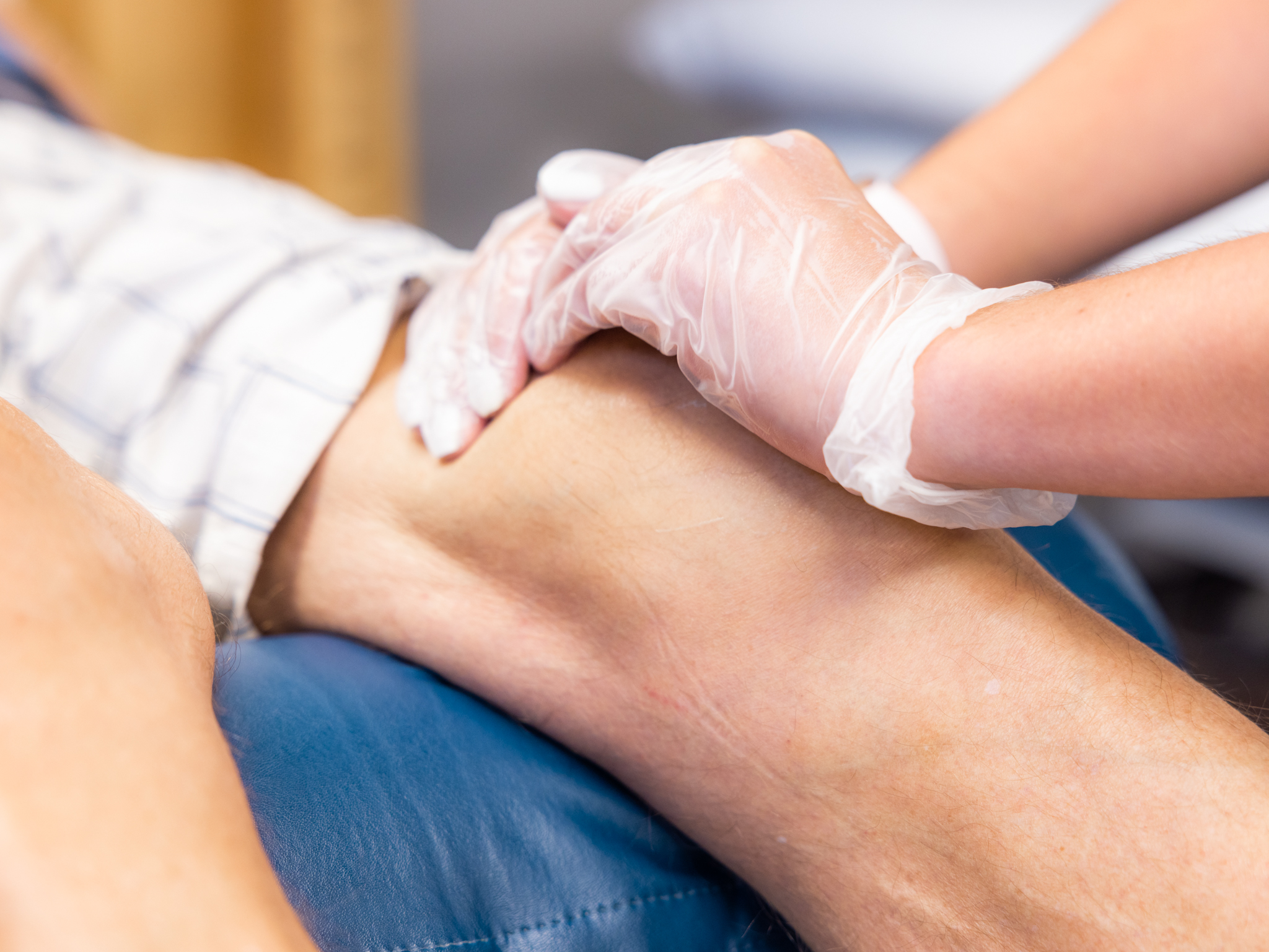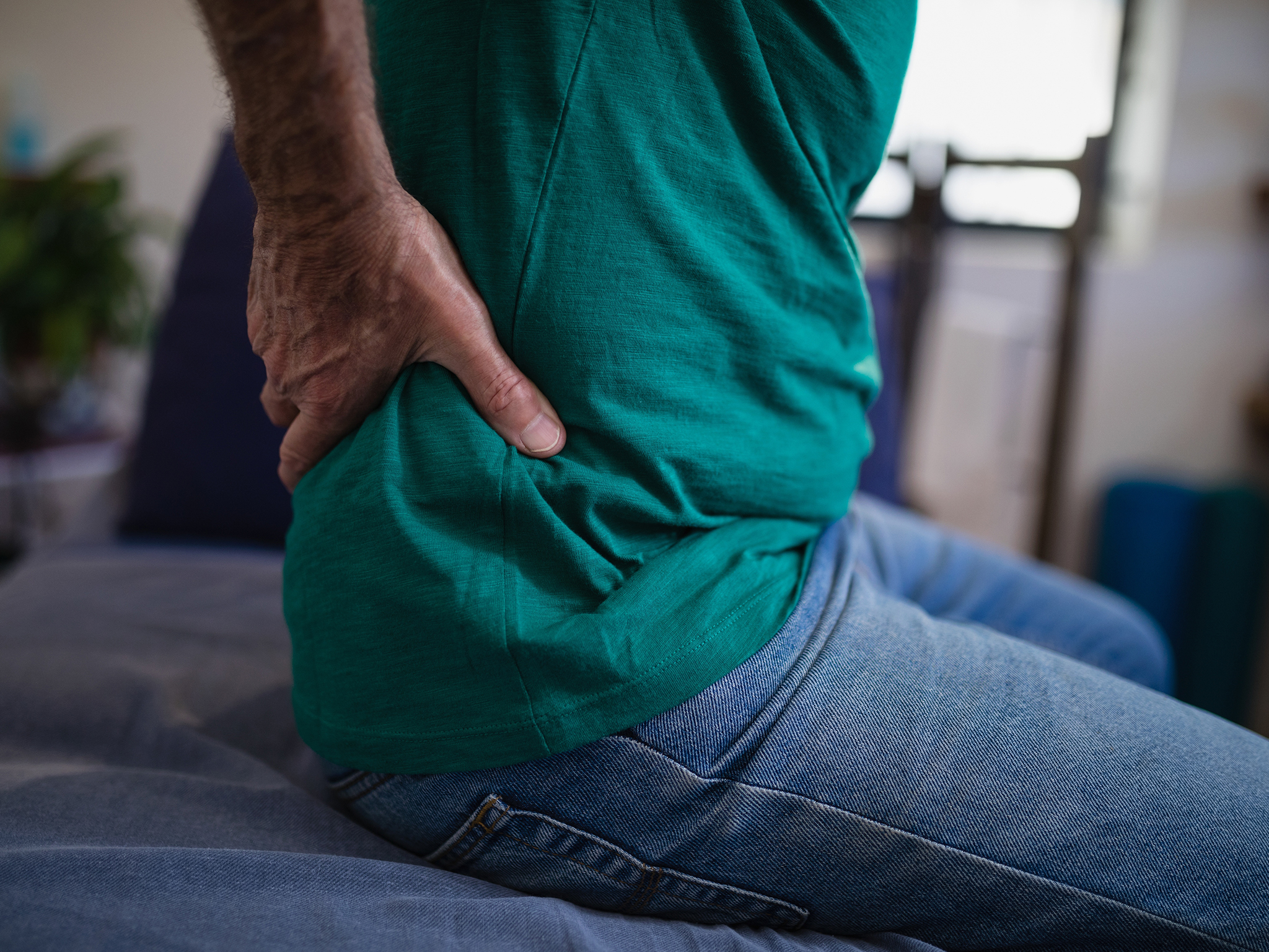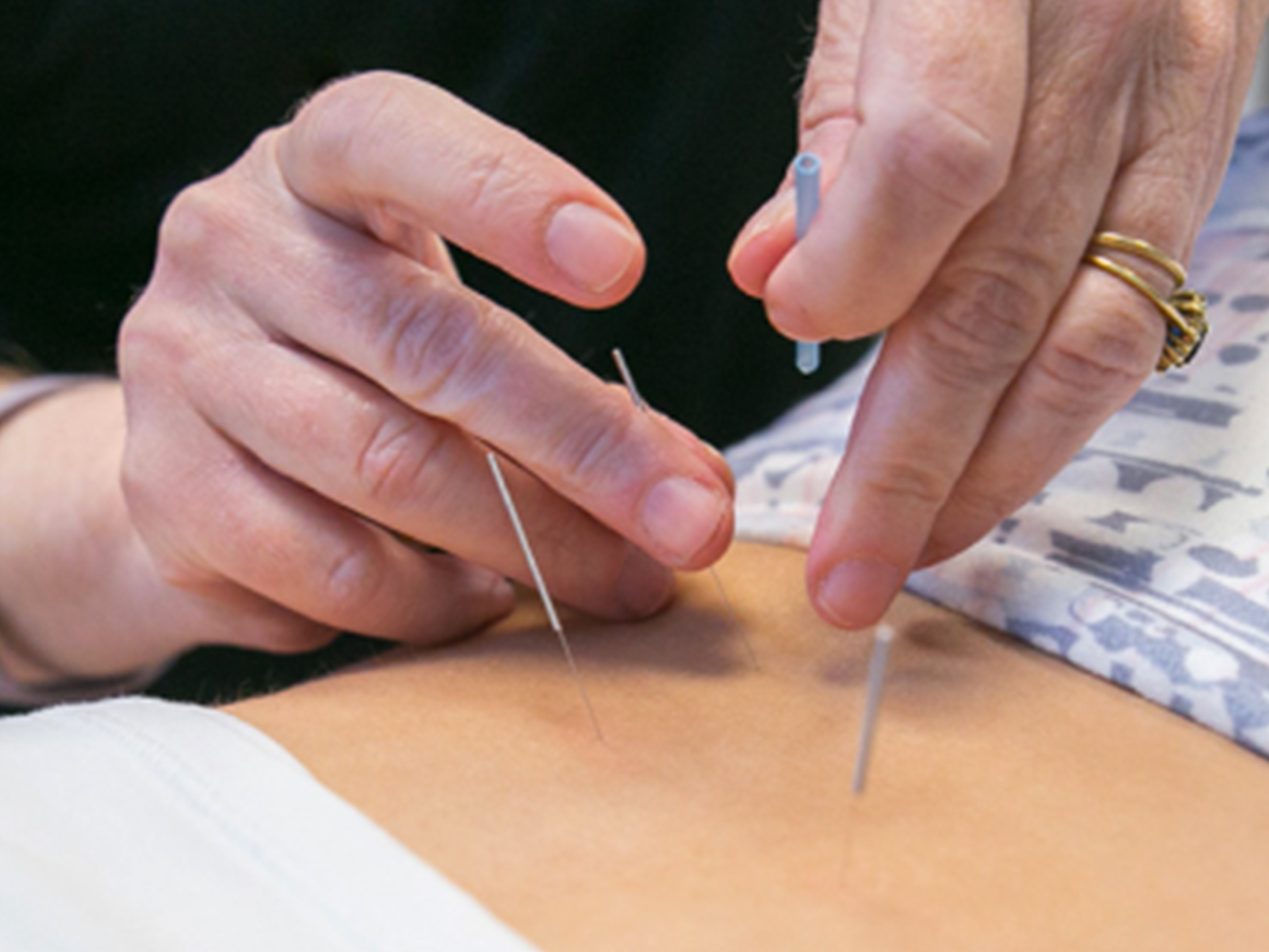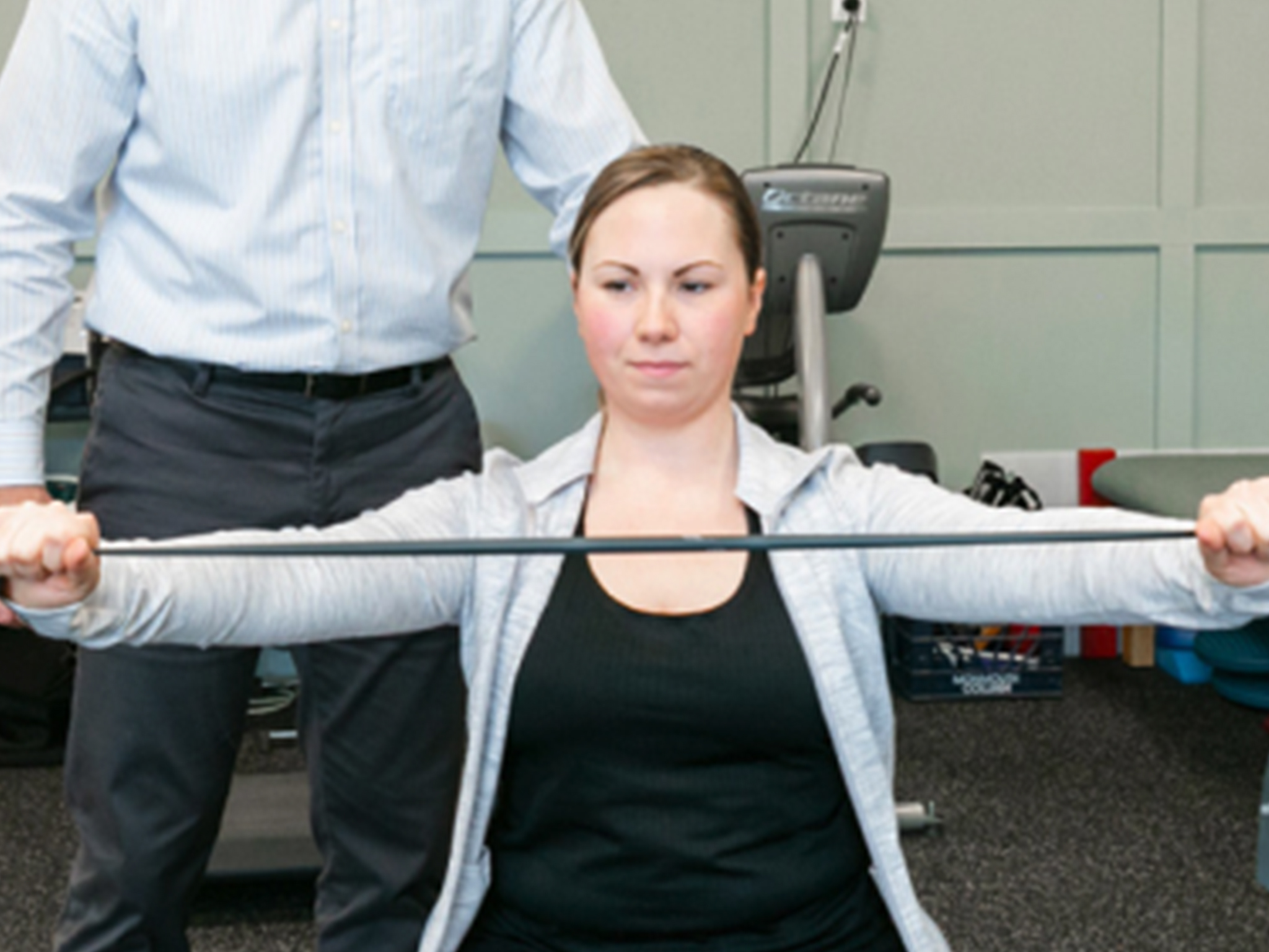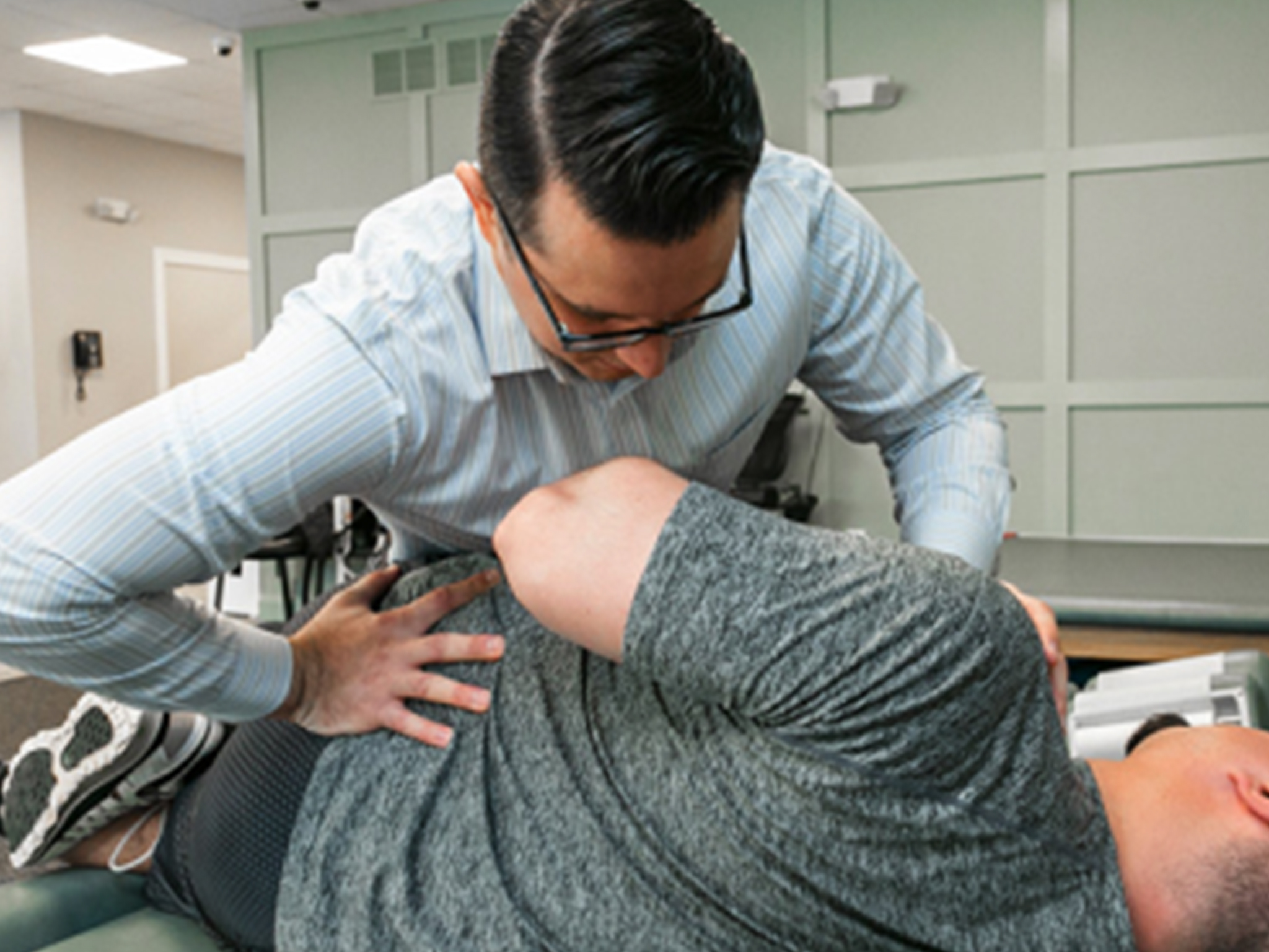Arthritis of the Spine
Many people associate the medical condition known as arthritis with hand, hip, or knee pain. However, there are several kinds of arthritis affecting specific parts of the body. Spinal arthritis affects the joints found in your back and is a common cause of lower back pain in individuals over the age of 40.
Generally speaking, the earlier you treat any form of arthritis, the easier it will be to restore your range of motion and alleviate your symptoms. If you suspect you may have spinal arthritis, be sure to contact Comprehensive Medical Care right away to request a free consultation at one of our three convenient New Jersey locations.
Our skilled medical team offers both surgical and non-surgical solutions, including chiropractic care, acupuncture, physical and occupational therapy, interventional pain management, and orthopedic surgery.
Types of Spinal Arthritis
There are several common types of spinal arthritis, and the treatment we recommend at Comprehensive Medical Care will vary according to the type and severity.
Osteoarthritis
A degenerative arthritis, osteoarthritis is caused by wear-and-tear on your spine’s joints due to the natural aging process. Because osteoarthritis is progressive, it may begin by affecting a single joint before affecting others.
Rheumatoid Arthritis
An inflammatory arthritis, rheumatoid arthritis usually affects the hands, feet, or neck more than the lower back region. However, it can lead to back pain in advanced cases with severe joint deterioration.
Spondyloarthritis
Spondyloarthritis affects both the joints and the areas where your ligaments and tendons attach to bones. A common form of spondyloarthritis is psoriatic arthritis, which is linked to a condition called psoriasis that involves itchy, scaly skin. Severe infections cause many forms of spondyloarthritis, which may affect patients of all ages, including children, teens, and young adults. When spinal arthritis causes the spinal canal to narrow significantly over time, an individual has developed spinal stenosis.
Risk Factors of Spinal Arthritis
Factors that put you more at risk for developing spinal arthritis include:
- Age
- Obesity
- Certain conditions with autoimmune system triggers, such as diabetes, irritable bowel syndrome, and gout
- Spinal misalignments from conditions such as scoliosis, traumatic spinal injuries, and repetitive strain injuries
Recognizing the Symptoms of Spinal Arthritis for Early Detection
Do you experience stiffness or lower back pain in the morning that tends to ease up during the day only to become excruciating again by the time you fall asleep at night? This is typical of spinal arthritis because fluid tends to cause swelling overnight due to inactivity.
While back pain is the most common symptom associated with spinal arthritis, it often spreads to the buttocks, thighs, and lower legs. In addition, you may experience joint pain aggravated by motion or tenderness when applying pressure on the joint.
Other symptoms may include a loss of joint flexibility, a grinding noise when moving your neck, or numbness in your arms, legs, or spinal cord nerves. Many patients with spinal arthritis also experience swelling and tenderness in their joints that seem to worsen with seasonal weather changes. Should you ever experience a loss of bladder or bowel control, you should seek immediate medical attention.
Diagnosing Spinal Arthritis
Many patients will not experience pain or any of the other symptoms mentioned, although they may show signs of degenerative disc disease. Conversely, some patients may experience pain before their arthritis can be seen in an X-ray. Therefore, it’s vital to diagnose spinal arthritis accurately, as it often leads to other conditions, including bone spurs, radiculopathy, and spinal stenosis.
A thorough medical and physical exam will be done, followed by spinal X-rays or an MRI or CT scan to diagnose spinal arthritis. The first step to spinal arthritis diagnosis is to identify the underlying causes of your back or neck pain to devise the best course of treatment.
Treatments for Spinal Arthritis
No matter what type of spinal arthritis you are diagnosed with, the goal for treatment remains the same. First, we want to help you decrease or eliminate the pain you’re experiencing, so you can resume day-to-day functionality.
Secondly, we want to help you slow down the condition’s progression. Treatment for spinal arthritis at Comprehensive Medical Care typically begins with a non-surgical multidisciplinary approach, which may incorporate rest, physical therapy exercises, healthy changes in your diet and lifestyle, the use of non-steroidal anti-inflammatory medications to manage the pain, and several alternative treatment options, such as acupuncture or chiropractic care. Simply learning when to stop or slow down is beneficial for many patients with spinal arthritis. In some advanced cases, spinal surgery may be necessary for maximum results.



